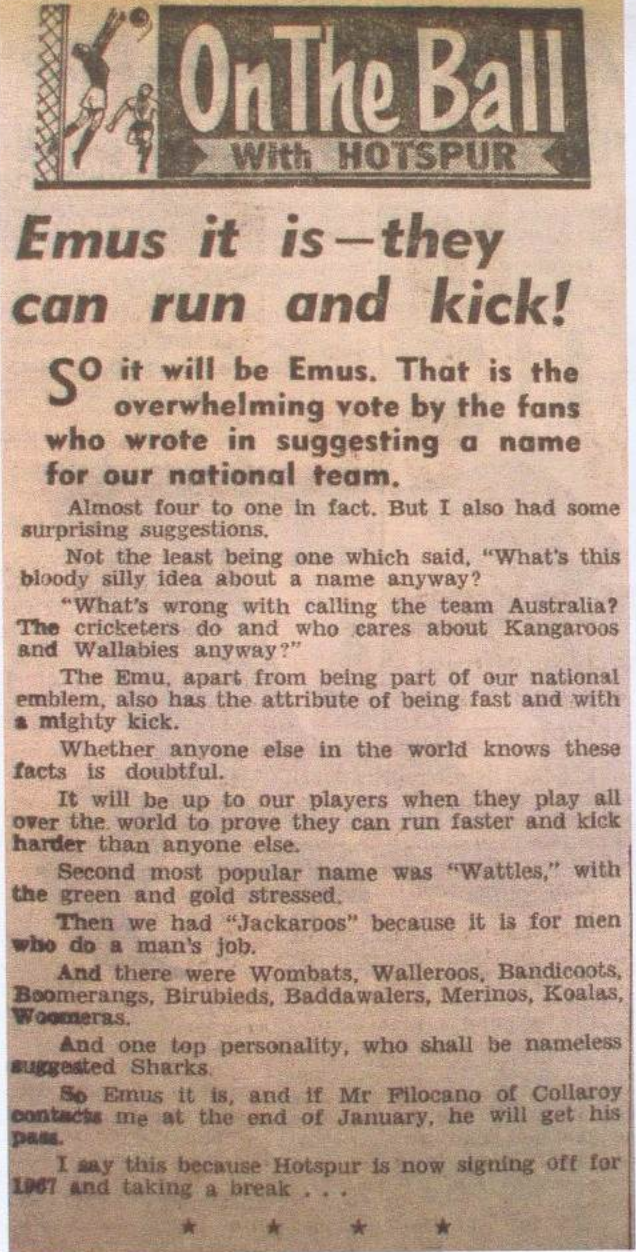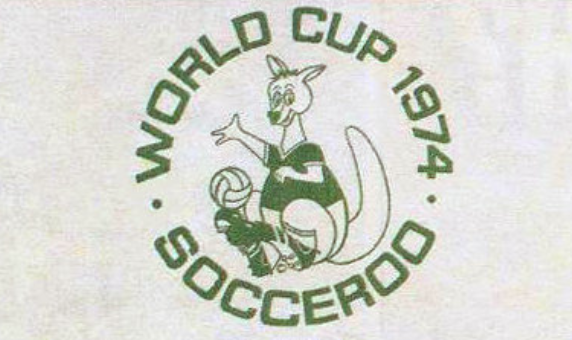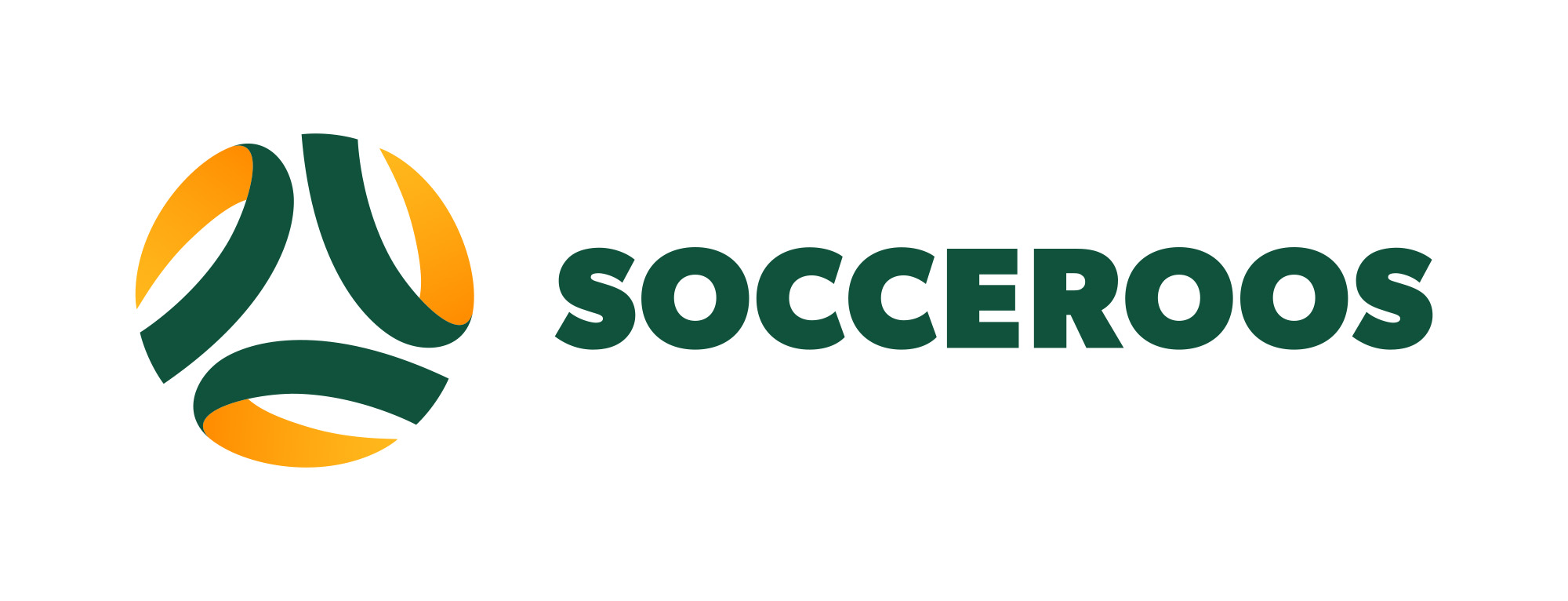Where did the name Socceroos come from, and when?
Two simple questions, you might think, but if you Google the term you will get umpteen versions of the same story, nearly all of which go back to Michael Cockerill's "Australian Soccer's Long Road to the Top" article, published in 1998.
It was Sydney journalist Tony Horstead who coined the term “Socceroos” for the national team thirty years before. In 1967 the team, under coach Joe Vlasits, took the nickname away with it on a tour to Vietnam - a tour arranged at the height of the Vietnam war.
There are three other published claims about the origins that sometimes crop up in discussion. In his autobiography 'Sheilas, Wogs and Poofters', Johnny Warren says it was in 1971 prior to another tour to Vietnam in 1972 that Tony Horstead first used the term.
Sid Grant, whose collection of information was published in 1974, says the word was adopted in 1972-73: ‘The name and accompanying badge were the work of a leading Sydney sporting journalist and his colleague, a news photographer.' Laurie Schwab asserts that the national team was dubbed the Socceroos during the successful 1973-74 World Cup mission.
By 1974 the word Socceroos was being used without explanation in Australian Women's Weekly, so it was obviously in common usage by then.
Tony Horstead did not accompany the team to Vietnam in November 1967. He wrote a soccer column in the Sydney Daily Mirror, under the byline of ‘Hotspur'.
After the team came home on 1 December he asked his readers to send in suggestions for a name for the national team and offered a prize of a free pass to all matches the following season. A week later he reported that ‘Emus' was the overwhelming favourite by almost four to one, next came Wattles, then Jackaroos, Wombats, Bandicoots, Boomerangs, Birubieds, Baddawalers, Walleroos, Merinos, Koalas, Woomeras, Sharks, but no Socceroos.

In April 1970 the Australian team went back to Vietnam and played two matches and later in the year the Australian Soccer Federation (ASF) sent Rale Rasic and his team on a world tour with the long-term goal being qualification for the World Cup in West Germany in 1974. Hotspur's columns just refer to the Australian soccer team or the national team and there is no mention of Socceroos or Emus.
Two years later the ASF launched its formal World Cup qualification bid on 3 May 1972. Backed by $100,000 in sponsorship from Pepsi Cola (Australia), Travelodge Australia, Philips Industries and News Limited, Sir Arthur George - President of the ASF - unveiled the Australian national team icon for the campaign.
The logo consisted of a kangaroo wearing football boots surrounded by the legend ‘World Cup 1974 Socceroo'.

Tony Horstead had probably never forgotten his attempt to get a punchy nickname for the national team and the next morning he had turned the logo into that name. A key sentence in his column reads: ‘The Socceroos will be the best prepared sporting team ever to represent Australia in a major event'.
The logo got its next public outing when Dundee from Scotland played an Australia XI in Adelaide on 17 May 1972. Matches against club sides were not regarded as full internationals and Horstead was keen to tie the name of the Socceroos to the national team. So later that year, when Australia returned to Vietnam in October 1972, he could focus on that connection.
On 29 September 1972 Horstead casually mentioned that he was accompanying the team as ‘Australia's Socceroos set forth next Thursday on their Asian tour'.
It is clear from the context that this is a term that would already be familiar to his readers. Horstead used the term regularly thereafter.
Lou Gautier of Soccer World also accompanied the Australian team and while they were in Vietnam he wrote about the children who crowded around the players as they trained at Cong Hoa: ‘They were rewarded for their interest with Socceroo badges. The kangaroo emblem is a sensation and I think that Australia's national team has now won its spurs to be known world-wide as the Socceroos, like the “Wallabies” in Rugby Union and the “Kangaroos” in League.'
So in 1972 the Socceroos team name was coined by Horstead who continued to use it in the Daily Mirror and other News Limited papers. The dedicated football press began to use the name early in 1973, but it was towards the end of that year before the other metropolitan dailies adopted the usage and not without protest.
The Sydney Morning Herald argued on its front page on 15 November 1973:
Now that the Australian Soccer team is basking in honour and glory after its World Cup victory over South Korea it can surely do without the name ‘Socceroos' which is increasingly being applied to it.
Of course, the names ‘Wallabies' and ‘Kangaroos' have already been taken by national teams of other codes, but if the soccer team is to have a collective nickname what's wrong with being known as the ‘Emus'. After all, that strong speedy—although not too bright—bird is so authentically Australian that it has a proud place on the Coat of Arms."
The mixture of poor humour and condescension was typical of the non-football press and in this case the Fairfax paper may have had its nose put out of joint by the Murdoch-owned Mirror. The tide of popular support for the Socceroos on and off the field following successful qualification for the World Cup assured that the name would stick. At the final tournament in West Germany in 1974 the name was ubiquitous.
When Football Federation Australia replaced Soccer Australia in 2005, the new CEO John O'Neill thought that the Socceroos name would disappear in time.
That did not happen. Even in the 2020's, it is so firmly engrained in people's consciousness that it is just about the only survivor from old soccer into the brave new world of football under Football Australia.

